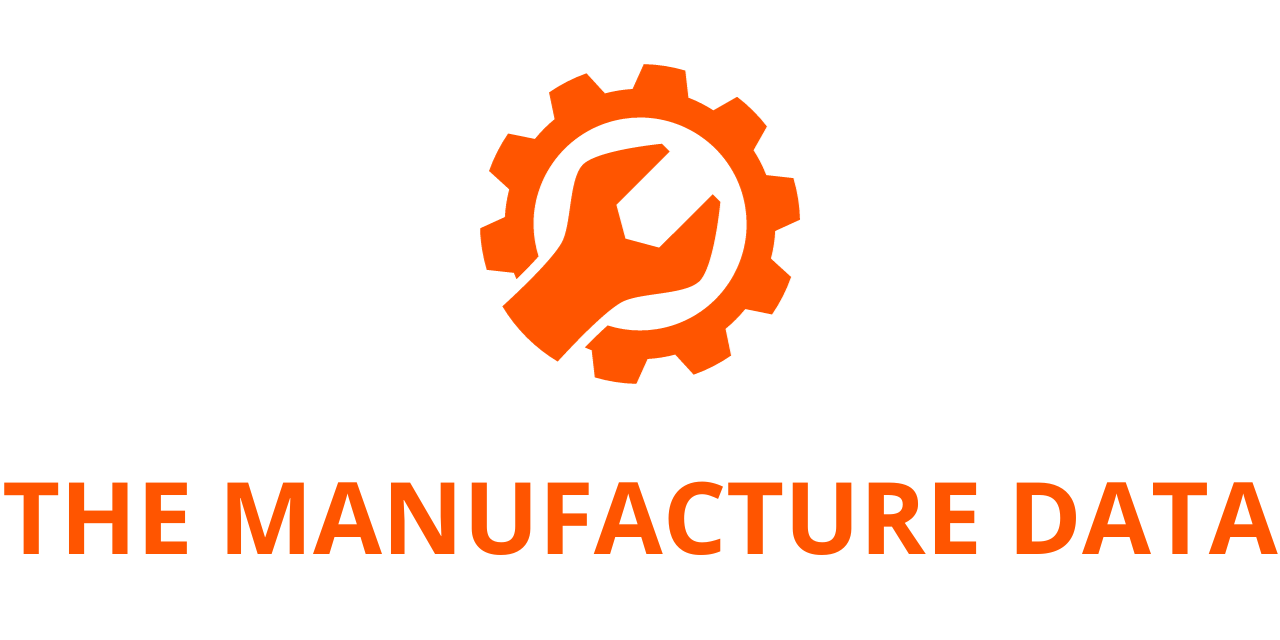
The “Pressure Washer Market – Focused Insights 2024-2029” report has been added to the offerings of ResearchAndMarkets.com. The pressure washer market was valued at USD 3.07 billion in 2023 and is expected to grow to USD 3.96 billion by 2029, reflecting a compound annual growth rate (CAGR) of 4.33%.
The market is highly competitive, with over 30 vendors competing for dominance. Key players include Karcher, Nilfisk, Robert Bosch, Briggs & Stratton, FNA Group, and Generac Power Systems. The market dynamics are driven by rapid technological advancements, consumer demands for continuous innovation, and the evolving expectations for high-performance cleaning products. As new technologies emerge, vendors are under pressure to refine their value propositions to remain competitive.
Regional Market Distribution
Europe currently holds the largest share of the global pressure washer market, followed by North America. In Europe, the market growth is supported by increasing business investments, rising commercial and residential construction, substantial government spending on infrastructure, and growth in the hospitality sector fueled by the increasing tourism and travel industry. Additionally, the rising disposable income and growing number of dual-income households have contributed to the increased adoption of residential cleaning equipment, further boosting the demand for pressure washers.
Key Market Drivers
- Rising Demand for Professional Cleaning Services: The demand for professional contract cleaning services is a major driver of the pressure washer market. Various industries such as automotive, healthcare, hospitality, and manufacturing are increasingly focusing on cleanliness and hygiene standards, thus creating a demand for pressure washers. For instance, in the automotive sector, pressure washers are crucial for cleaning vehicles in production lines and service centers. Moreover, businesses are outsourcing their cleaning needs to contractors equipped with high-quality pressure washers, enabling them to meet stringent hygiene requirements without investing in expensive equipment.
- Technological Advancements and Efficiency Improvements: Technological innovations have significantly improved the performance and efficiency of pressure washers. Modern features such as high-pressure water jets, durable materials, and advanced pump technologies enable machines to remove dirt, grime, and stains more effectively while conserving water and energy. For example, Karcher’s advanced pressure washers come equipped with water-cooled induction motors that enhance efficiency and extend the product’s lifespan. The integration of smart technologies has further revolutionized the market, offering digital controls, automatic pressure adjustments, and real-time monitoring for a more user-friendly experience.
- Construction Boom and Adoption of Pressure Washers: The global construction boom, particularly in emerging markets like Asia Pacific (APAC), Latin America, and Africa, is another key driver for the growth of pressure washers. The need for effective cleaning solutions on construction sites, such as for heavy equipment and surfaces, is growing. Pressure washers are vital tools for removing dust, mud, and concrete debris, contributing to maintaining a safe and clean working environment. Karcher and Nilfisk offer industrial-grade pressure washers specifically designed for such demanding environments.
Market Challenges
Despite the growing demand for pressure washers, there are challenges that could hinder market growth. One significant concern is the risk of injuries associated with using high-pressure machines. Pressure washers often operate at extremely high pressures, which can cause severe injuries if not used properly. Lacerations, bruises, or even broken bones can result from improper handling, especially by inexperienced users. Manufacturers have introduced safety features, such as pressure regulators and automatic shut-off mechanisms, to mitigate these risks, but the inherent dangers of operating high-pressure equipment remain a challenge.
Market Segmentation Insights
The global pressure washer market can be segmented based on type, power source, operation, output, and end-users. The market is expanding rapidly, driven by innovations in portability, environmental efficiency, and product functionality.
- Mobile Pressure Washers: Mobile pressure washers dominate the market due to their convenience and versatility. These portable machines are increasingly popular among both residential and commercial users. Their ease of transport makes them ideal for cleaning cars, driveways, and other surfaces, while their energy and water-saving features appeal to environmentally conscious consumers.
- Battery-Powered Pressure Washers: The battery-powered segment is growing rapidly, with lithium-ion batteries offering portability, quiet operation, and low maintenance. This segment is expanding especially in residential applications, where consumers seek lightweight, easy-to-use pressure washers without the hassle of external power sources. The rapid improvements in battery technology indicate future growth for this segment across various industries.
- Hot-Water Pressure Washers: The demand for hot-water pressure washers is on the rise, driven by their superior ability to clean grease, oil, and stubborn grime. These washers are essential in industries such as automotive, food processing, and construction, where heavy-duty cleaning is required. The sanitizing effect of hot water is particularly beneficial in sectors requiring stringent hygiene standards, such as the food and beverage industry.
- Pressure Output: The 1,501-3,000 PSI (pounds per square inch) segment holds the largest share in the market due to the effectiveness of these pressure washers for medium-to-heavy-duty cleaning tasks. They are commonly used in residential cleaning applications, such as washing driveways, vehicles, and patios.
- End-User Segmentation: The commercial and industrial sectors represent a significant share of the market, with these users requiring robust machines for heavy-duty cleaning tasks. The automotive industry, in particular, drives the demand for high-powered pressure washers to clean vehicles and equipment.
- Distribution Channels: Offline sales channels lead the market, with dealers and distributors offering specialized models for various commercial, residential, and industrial uses. Large retail chains also play a role in making pressure washers accessible to a broader customer base.
Key Players in the Market
Major players driving the pressure washer market include Robert Bosch, Briggs & Stratton, Karcher, Nilfisk, FNA Group, and Generac Power Systems. Other prominent vendors include Annovi Reverberi, Lavorwash, Makita, and Husqvarna, among others. For more detailed information, visit ResearchAndMarkets.com.




